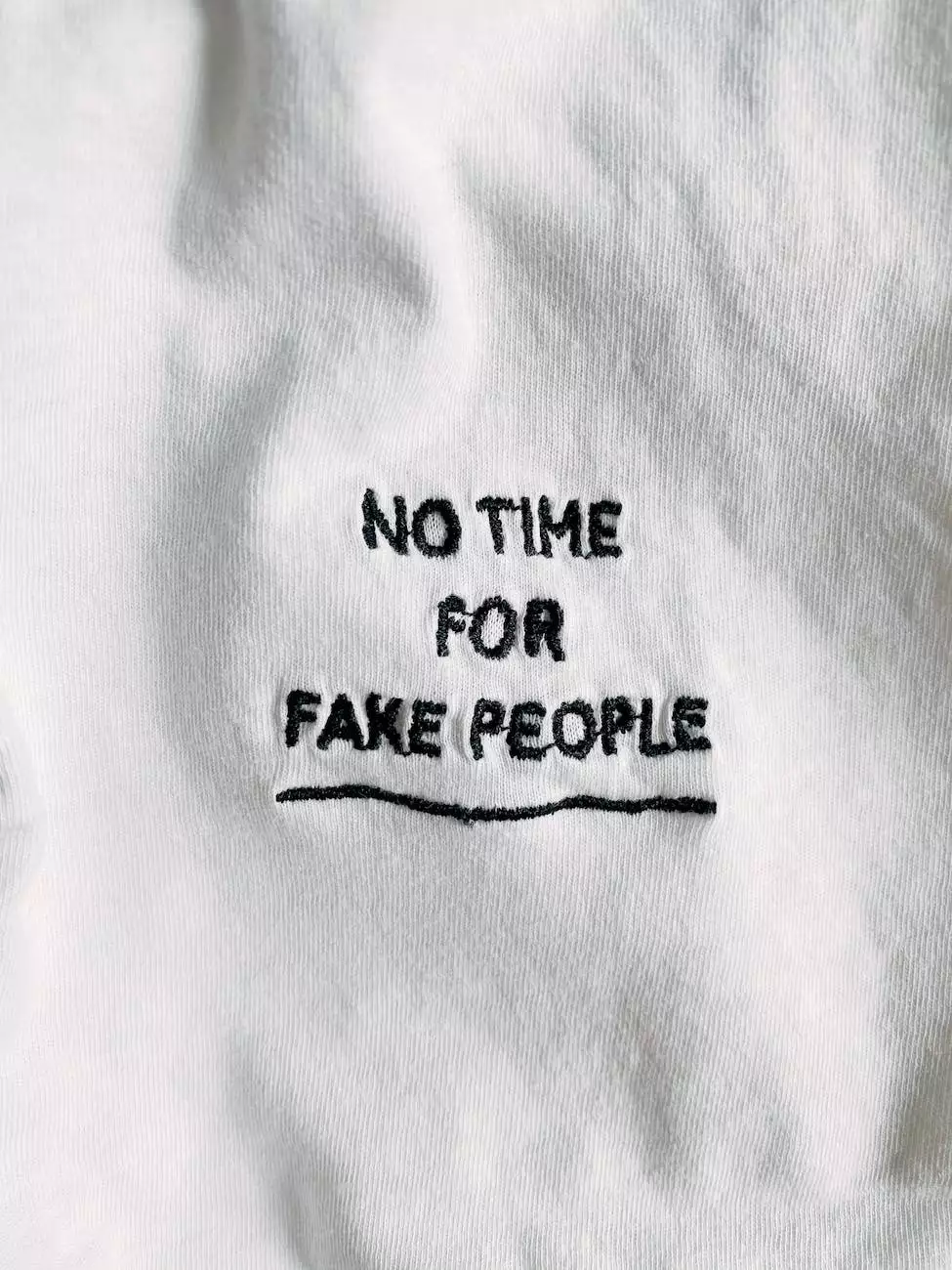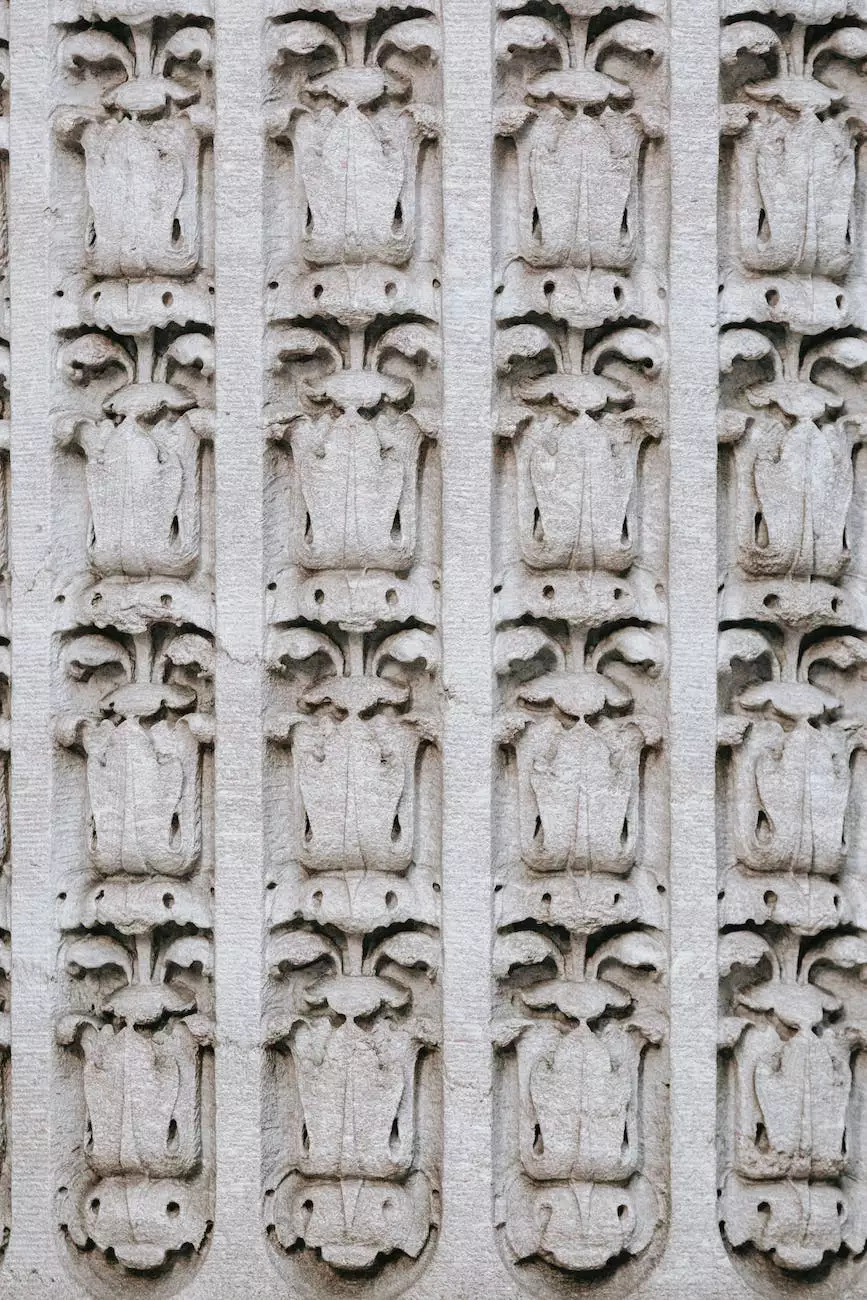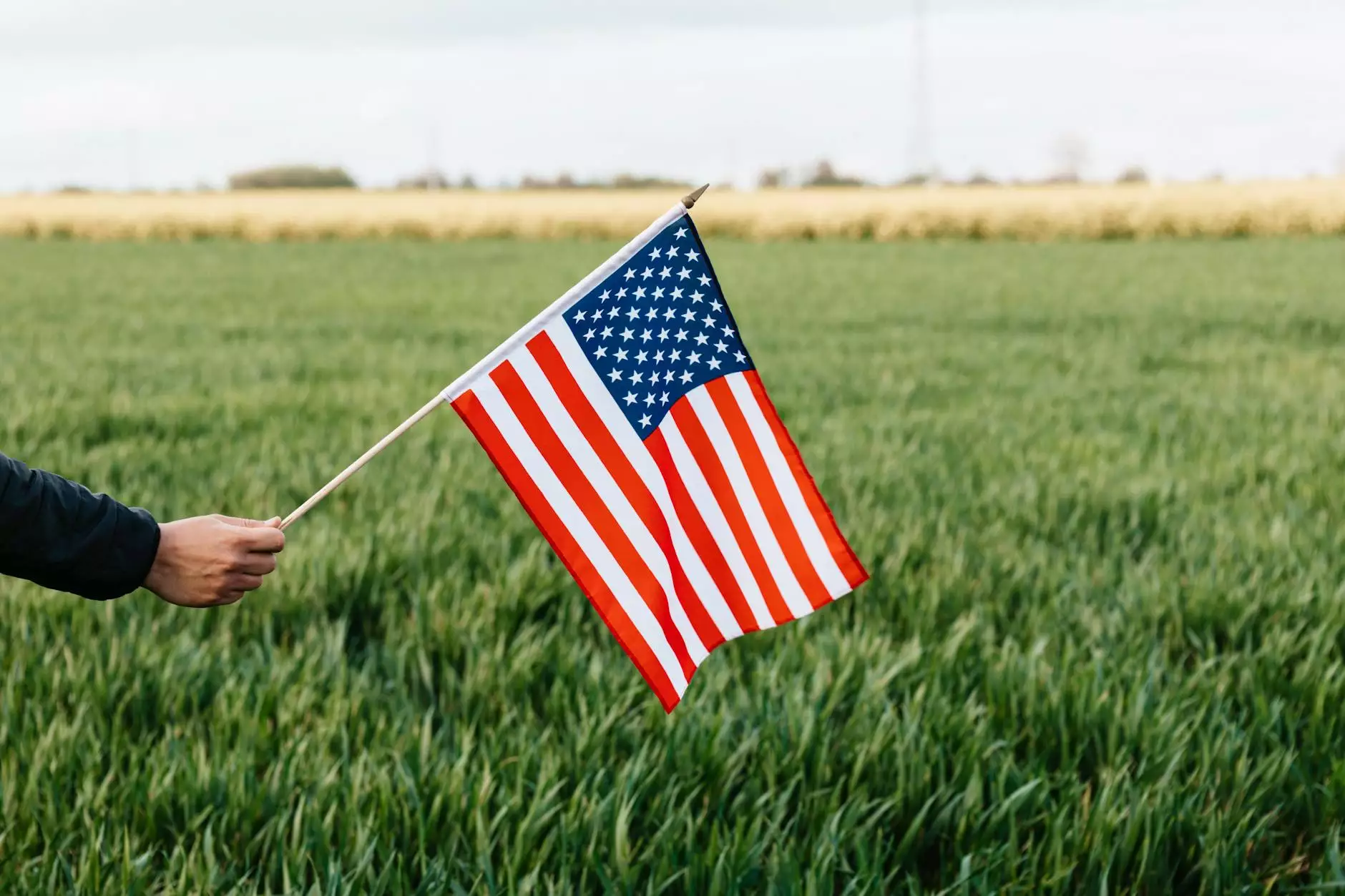English Lesson: Using “ain't.” “Ain't” Ain't a word!
English Grammar Lessons
Welcome to our in-depth English lesson on the word "ain't" here at NJCLT! In this comprehensive guide, we will explore the history, grammar, and usage of "ain't" in the English language.
The History of "Ain't"
To better understand the usage of "ain't," it is essential to delve into its origins. The word "ain't" traces its roots back to the 18th century and can be considered a contraction of "am not," "is not," "are not," "has not," and "have not."
Initially, "ain't" was widely accepted and used by various social classes, including the upper echelons of society. However, as language norms evolved, "ain't" gradually became stigmatized and associated with informal speech and lesser-educated individuals.
The Grammar of "Ain't"
Grammatically speaking, "ain't" falls under the category of a colloquialism, which refers to a word or phrase used commonly in informal speech but not generally accepted in formal writing or standard grammar rules. The usage of "ain't" is often considered nonstandard or incorrect in formal settings.
It is important to note that despite its nonstandard status, "ain't" has found a place in certain dialects and regional variations of English, particularly in informal and casual conversations.
The Proper Usage of "Ain't"
While many consider "ain't" incorrect or nonstandard English, it is crucial to recognize its usage in specific contexts and dialects. Here are some key points to understand:
- Dialects and Informal Settings: In certain dialects, particularly Southern American English, African American Vernacular English, and various nonstandard regional variations, "ain't" is commonly used. It serves as a replacement for negative contractions like "isn't" or "aren't." In these contexts, "ain't" carries its own linguistic significance and social meaning.
- Informal Writing and Speech: In informal writing, such as personal emails, texts, or creative pieces, authors often use "ain't" to mimic casual speech and add a touch of authenticity to their writing. However, it is best to avoid using "ain't" in formal, academic, or professional writing.
- Slang and Pop Culture: "Ain't" has become a part of popular culture, slang, and song lyrics. It can be found in various art forms and expressions, contributing to its enduring presence in informal settings.
Common Misconceptions about "Ain't"
In addition to its historical usage and grammar, it is important to address some common misconceptions surrounding the word "ain't." Let's debunk a few of these:
- "Ain't" is Not a Real Word: While "ain't" may not be considered standard English, it is still a valid word in certain contexts and dialects. Its inclusion in specific dictionaries and its widespread informal usage corroborate its existence as a recognized term.
- "Ain't" is Grammatically Incorrect in All Situations: As mentioned earlier, "ain't" is commonly used in informal speech and writing. While it may not adhere to strict grammatical rules, communication is a dynamic process that evolves with usage and context.
- "Ain't" is Only Used by Uneducated Individuals: This misconception stems from historical associations between "ain't" and lower social classes. However, it is inaccurate to correlate language use with intelligence or education. Language is influenced by various factors, including geography, culture, and social identity.
Conclusion
In summary, the word "ain't" has a rich history and complex usage. Although it is often stigmatized as nonstandard or incorrect English, its prevalence in certain dialects and informal settings cannot be ignored.
At NJCLT, we believe in equipping English learners with a comprehensive understanding of the language, including its unique quirks and variations. By exploring the history, grammar, and proper usage of "ain't," we hope to contribute to your linguistic knowledge and appreciation.
So, the next time you come across the word "ain't," remember its nuanced nature and the contexts in which it is acceptable. Embrace the linguistic diversity within the English language!










